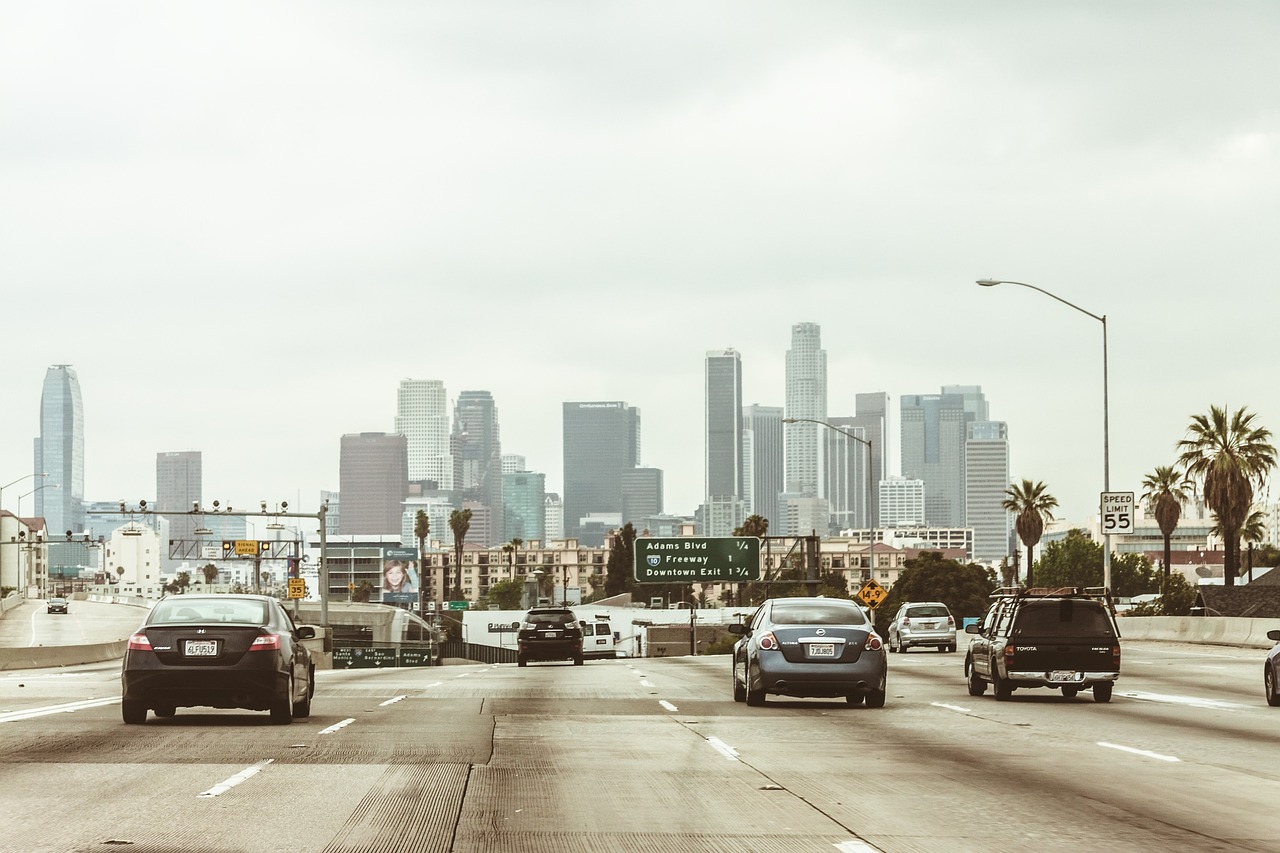Air pollution has been associated with long-term health conditions, including the risk of cardiovascular disease, asthma, lung cancer and death. Breathing in polluted air from highway traffic could raise the blood pressure of passengers for up to 24 hours, a new study has revealed.
The team from the University of Washington, who evaluated the health risks of passengers traveling on busy highways, found that pollution from heavy traffic resulted in an increase in blood pressure equivalent to the effect of a high-sodium diet. The study was published in the Annals of Internal Medicine.
“The body has a complex set of systems to try to keep blood pressure to your brain the same all the time. It’s a very complex, tightly regulated system, and it appears that somewhere, in one of those mechanisms, traffic-related air pollution interferes with blood pressure,” said Joel Kaufman, who led the research.
Researchers monitored the blood pressure of healthy participants between 22 and 45 years when they drove through rush-hour Seattle traffic. During two drives, unfiltered road air was allowed to enter the car, while on the third, HEPA (high-efficiency particulate air) filters blocked out 86% of particulate pollution. Participants were not aware if they were breathing clean air or unfiltered one.
“Breathing unfiltered air resulted in net blood pressure increases of more than 4.50 mm Hg (millimeters of mercury) when compared to drives with filtered air. The increase occurred rapidly, peaking about an hour into the drive and holding steady for at least 24 hours,” the researchers wrote
The study did not examine the blood pressure variation beyond the 24-hour mark.
“We know that modest increases in blood pressure like this, on a population level, are associated with a significant increase in cardiovascular disease. There is a growing understanding that air pollution contributes to heart problems. The idea that roadway air pollution at relatively low levels can affect blood pressure this much is an important piece of the puzzle we’re trying to solve,” Kaufman said.
Although the overall level of pollution measured by fine particle concentration (PM 2.5) was relatively low in the study, unfiltered air contained high levels of ultrafine particles. Ultrafine particles are unregulated pollutants with a size of less than 100 nanometers in diameter that have become a source of growing concern among public health experts.
“This study is exciting because it takes the gold-standard design for laboratory studies and applies it in an on-roadway setting, answering an important question about the health effects of real-world exposures. Studies on this topic often have a challenging time separating the effects of pollution from other roadway exposures like stress and noise, but with our approach, the only difference between drive days was air pollution concentration,” said Michael Young, a lead author of the study. “The findings are valuable because they can reproduce situations that millions of people actually experience every day.”


